How An Early Interest In Gardening Led Marina Walker To Botanical Photography

Contributions From MARINA WALKER

Marina Walker is a British botanical photographer, providing services to the garden and floristry industries. She conducts flower photography workshops, sells prints, and has a collection of photographic greeting cards stocked internationally. Marina held her debut solo exhibition in September 2021. She is a member of the Professional Garden Photographers' Association.
Marina Walker is a renowned British photographer, specialising in botanical subjects primarily for the garden and floristry industries.
She extends her expertise through one-on-one flower photography workshops, available both in-person and online, and shares her experiences and knowledge at various events.
Marina also sells prints and a wide range of photographic greeting cards and her work was featured in a solo exhibition at Myddelton House Gardens in September 2021.
Note that all imagery in this interview is provided courtesy of Marina Walker.
Can you share more about your early interest in gardening and how it led you to your current career?
“Growing up, my parents instilled a love for the outdoors in me, but it was my mother’s untimely passing when I was 23 that left me with the task of tending our medium-sized garden she had so lovingly grown,” shares Marina.
“Despite limited plant knowledge and having only watched a handful of Gardeners’ World episodes over the years, I embraced the garden as my own, learning by hands-on experience.
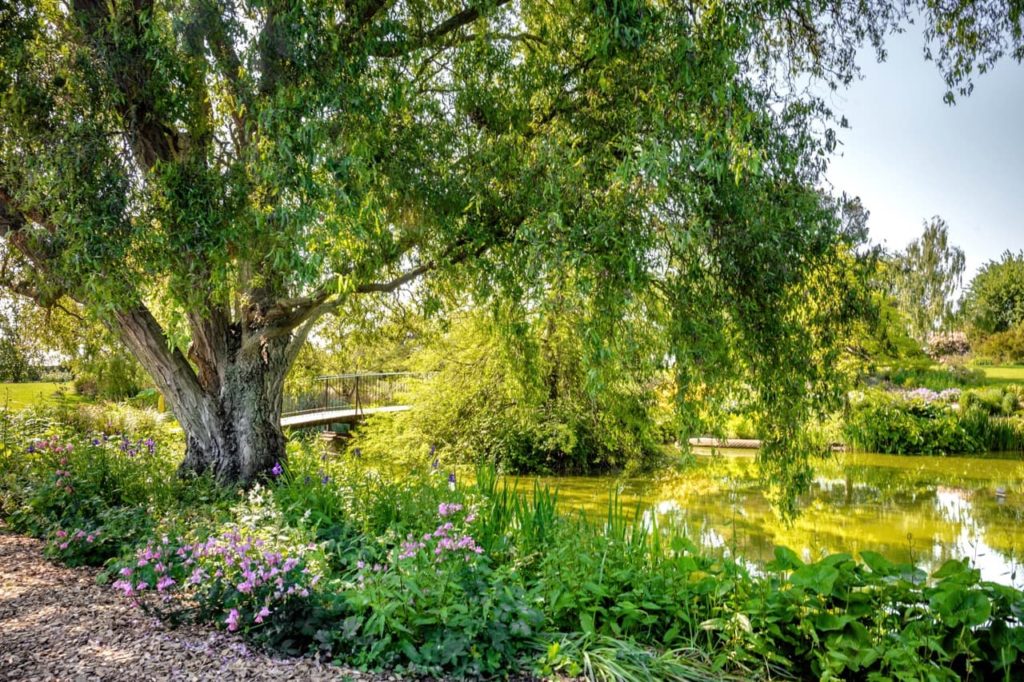
“I noticed the nuances of seasonal blooming, what conditions each plant liked, and even learnt their Latin names. I decided to document my journey by photographing the flowers and sharing them on Instagram, which was still emerging as a platform at the time.
“As my audience and photographic skills grew, I took on the suggestion to sell prints of my work, leading to an expansion into greeting cards, client commissions and teaching. It was very much an unexpected career that I fell into, but one I absolutely adore.”
Can you tell us more about your debut solo exhibition at Myddelton House Gardens in September 2021? What was the inspiration behind it?
“Myddelton House Gardens was the perfect location for my flower photography exhibition, a place I visit frequently throughout the seasons,” she explains.
“The inspiration was my plant portraits which I tend to specialise in, captured using a macro lens with a wide aperture for a sharp subject and a soft, out-of-focus background.
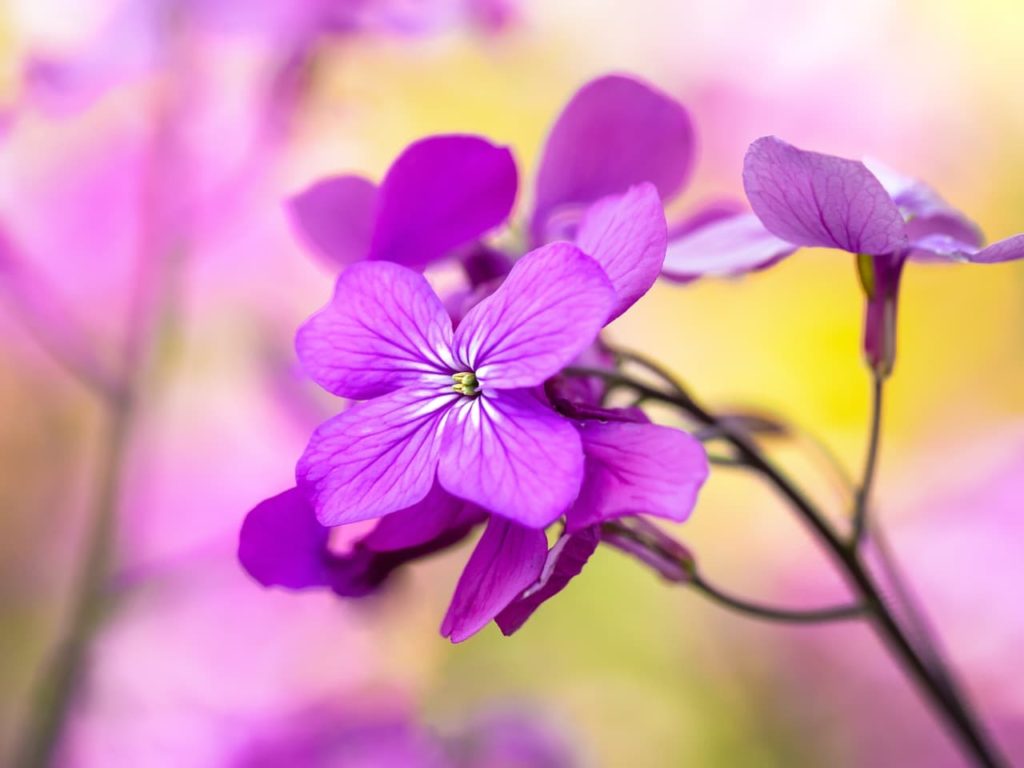
“I aimed to showcase a diverse array of flowers, allowing viewers to find their personal favourites among my displayed pieces.
“As a debut exhibition, my primary goal was to introduce my style to those unfamiliar with my work and allow those who had followed my journey the opportunity to see my work printed and not through a phone screen!”
How do you approach teaching your 1-1 flower photography workshops?
“I begin by sending a questionnaire to prospective clients to understand their specific learning goals and areas for improvement.
“This information serves as the foundation for crafting a customised lesson plan, tailored to the number of sessions they book and whether they want to learn from me in-person or online.
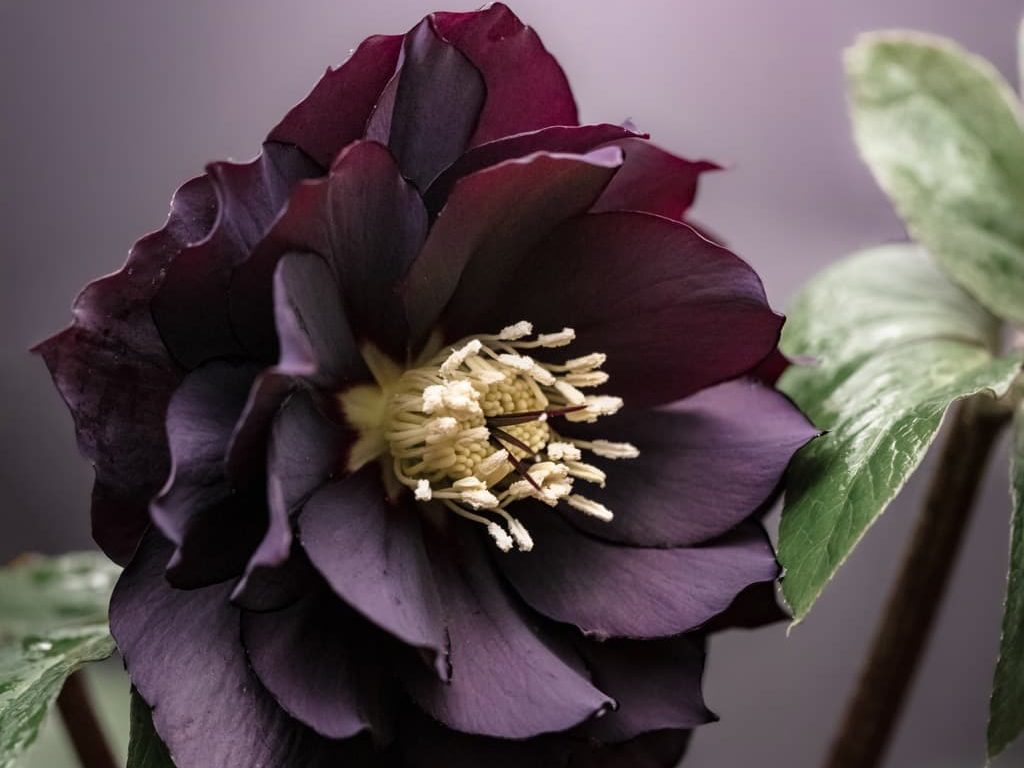
“For one-off sessions, I cover composition basics, handling different lighting conditions, and utilising their existing lenses for different creative effects. In other cases, clients seek guidance through Zoom on editing or the business aspects of print or greeting cards.
“I approach each individual uniquely to address their distinct needs, as a one-size-fits-all teaching method doesn’t always apply. My primary focus is on encouragement and building confidence, demonstrating that, with some adjustments, anyone can produce great floral photographs.”
What’s the most common challenge your students face when photographing flowers, and how do you address it?
“Problems with focusing come up quite frequently,” shares Marina.
“This can be due to incorrect settings with shutter speed, ISO or aperture, or perhaps down to weather and light conditions, or not using a tripod where it might be beneficial to.
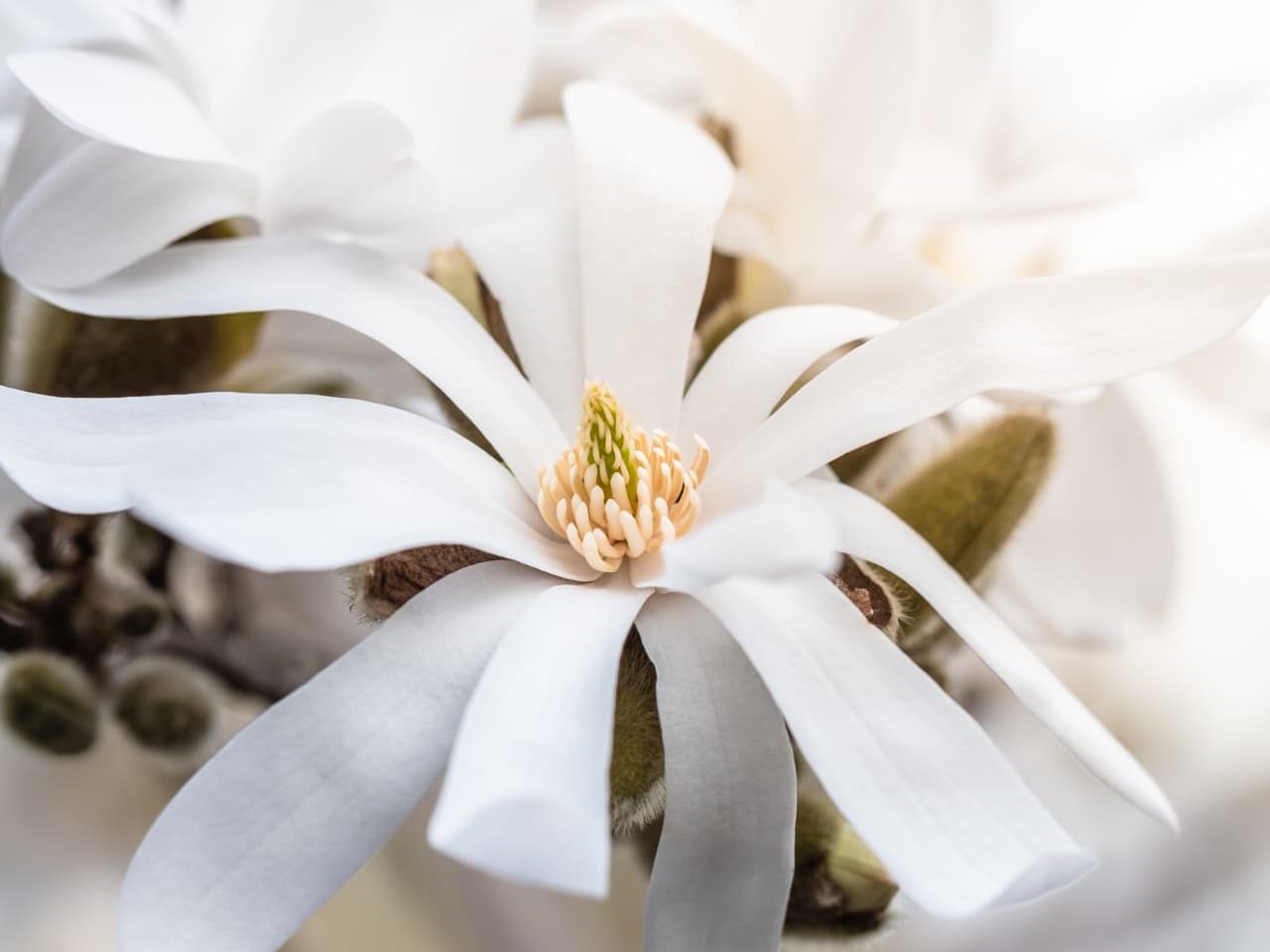
“I run through with my students a checklist of things to notice about their surroundings, and how to then alter their camera settings or physical position accordingly.
“Once they grasp the technical reason why it is happening, they are quickly able to implement corrections and see results.”
How do you approach a new commission, especially when working with clients who might have a specific vision or theme in mind?
“Attentively listening to the client and their desired theme is paramount,” she explains.
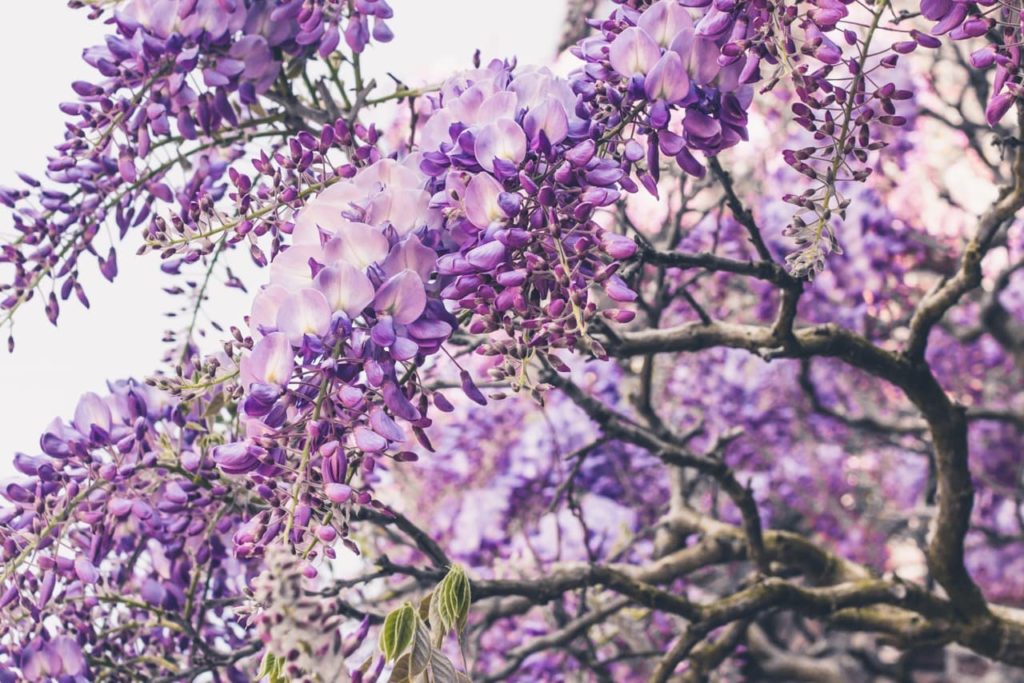
“Clients often indicate from the start whether they seek my creative input or have a well-defined vision. Both scenarios are equally valid, so maintaining a delicate balance and ensuring continuous client involvement through regular check-ins is essential.
“I particularly enjoy collaborative work with other creatives; it’s a refreshing change to brainstorm ideas when I’m so used to working independently.”
How do you think photographers can play a role in promoting environmental awareness and conservation?
“Photographing a variety of plant life – especially that which benefits pollinators – will help to educate the public about the importance of biodiversity in their own gardens.
“Photographers can also document changes in plant life and landscapes, particularly those impacted by climate change or human activity. These images can serve as a visual record of environmental shifts and the need for conservation efforts.
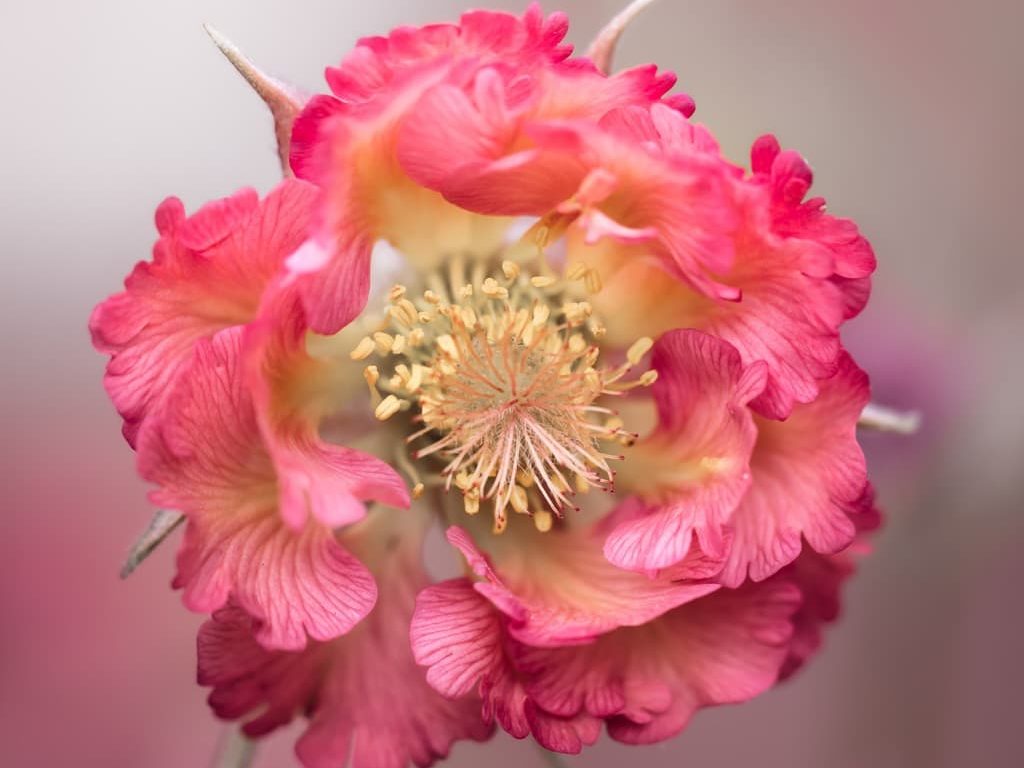
“Collaborating with particular environmental organisations to raise awareness about critical issues will similarly be important and I think artistic expression shouldn’t be underplayed either in its impact – photographs focusing on the beauty of plants can evoke emotional responses in viewers and be a powerful motivator for individuals to protect the world around us.”
How can gardeners best capture their plants and gardens through photography?
“I believe in capturing gardens in a way that reflects their unique character and the original intention of the gardener is best,” Marina shares.
“In structured gardens with defined features like hedges and straight beds, photographers can emphasise leading lines or explore abstract perspectives. For more loosely planted gardens, the focus may shift to the texture, colours or patterns created by plant arrangements.
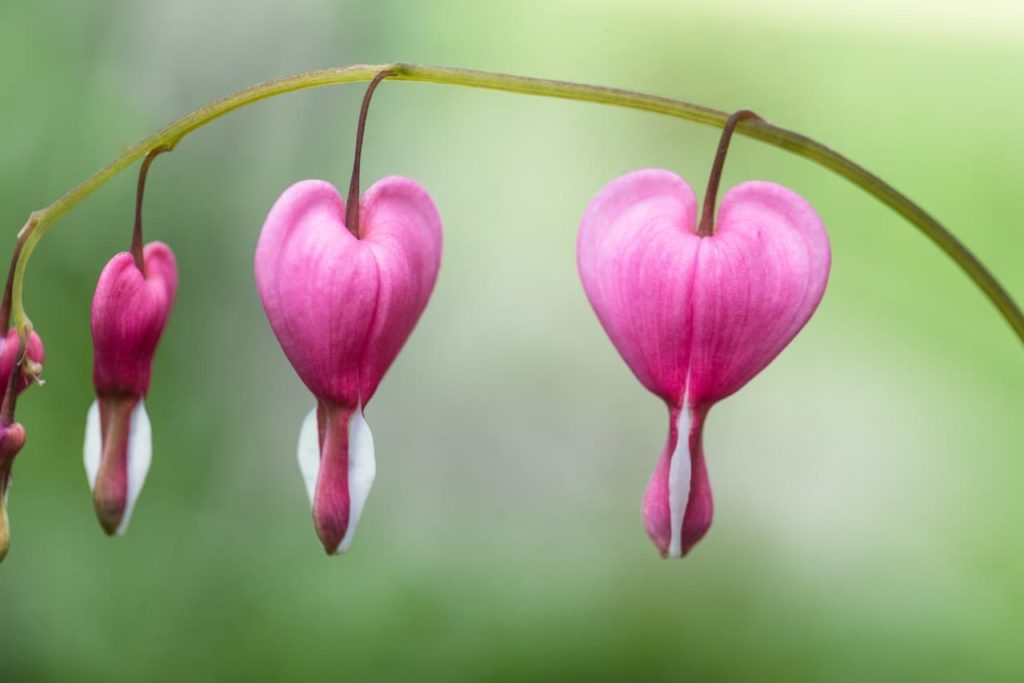
“Across all garden photography, early morning light is ideal, as it casts a golden glow with moisture still hanging in the air, creating a magical ambience. Alternatively, experimenting with backlight techniques during sunset can yield equally captivating results.”
What advice would you give to budding photographers looking to specialise in botanical or flower photography?
“To truly capture the essence of a plant, it’s important to ‘work the subject’. Instead of settling for a single shot, invest time in studying the flower or plant, discovering its most flattering angles.
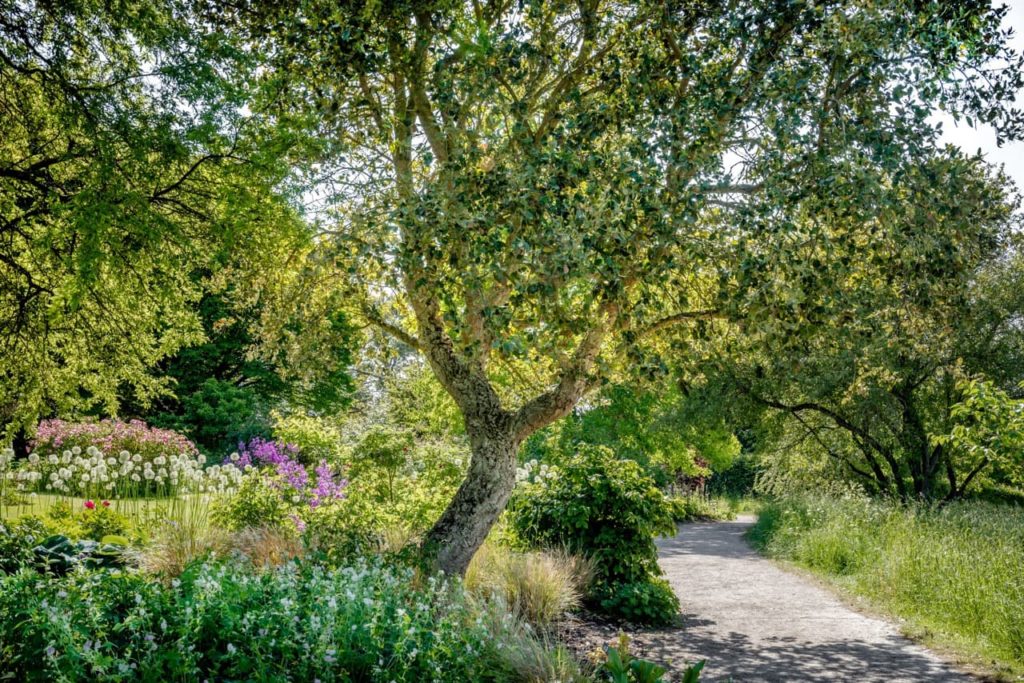
“I often draw a parallel between flower and portrait photography, where each subject has its own ‘best side’. Some flowers look best when photographed front-on, while others benefit from a more angled approach.
“By taking numerous shots and experimenting, you’ll gradually develop an intuitive understanding of how to best capture various flower types.”
Do you have any upcoming projects that you’d like to share?
“I’m currently developing an online flower photography course that will offer a go-at-your-own-pace learning experience,” she discloses.
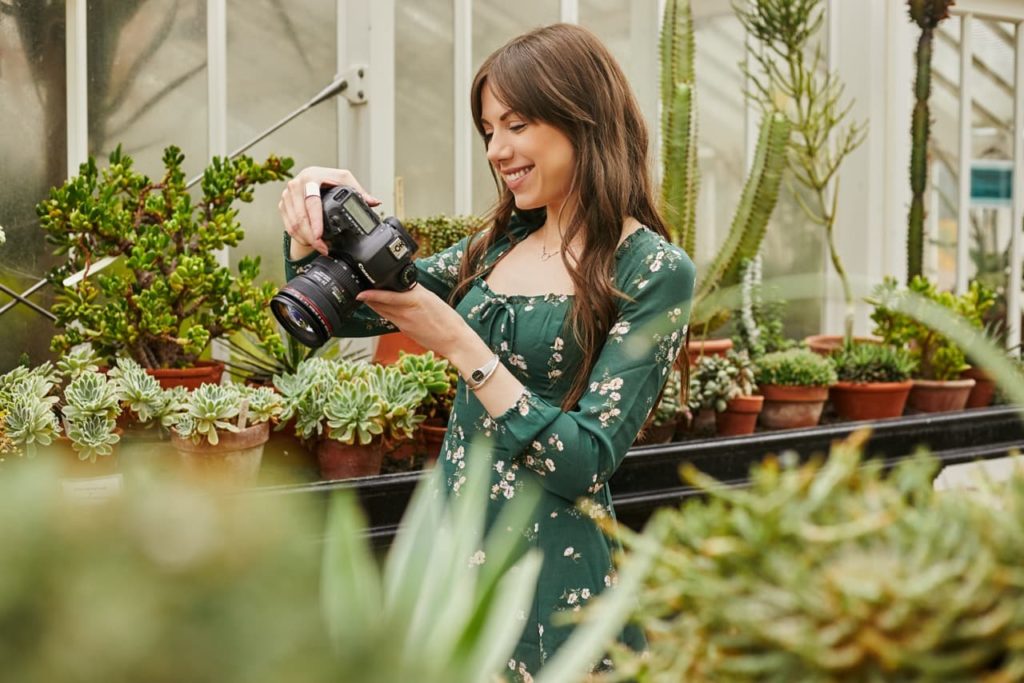
“The course will encompass a blend of written and video content, allowing participants to engage at their convenience without the constraints of strict schedules.
“My goal is to design a course for individuals with a foundational knowledge of their cameras but who are eager to advance their skills in flower photography in particular.”

